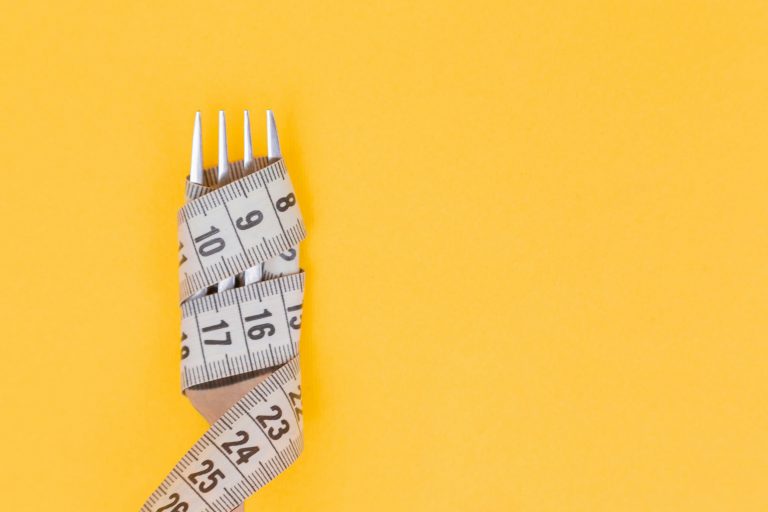You may have heard of the emerging science showing the dangers of prolonged sitting – and the significant health benefits associated with breaking up and reducing “Sitting Time” with increased standing or basic movement on a daily basis. Article by Gavin Bradley founding director of the Get Britain Standing campaign.
British people sit for 8.9 hours each day (on average). Add to that sleeping hours and you get to a total of over 70% of your typical work day being physically inactive. In recent years a variety of major international research studies has produced compelling evidence that sitting for more than 4 hours each day leads to significant increased risk of contracting: heart disease, diabetes, cancers (bowel, womb and lung), depression and muscle degeneration.
 Regardless of your level of physical activity, the result is increased risks of heart disease, diabetes, obesity, cancer, backache, dementia, depression and muscle degeneration.
Regardless of your level of physical activity, the result is increased risks of heart disease, diabetes, obesity, cancer, backache, dementia, depression and muscle degeneration.
The Unhealthy Desk:
Prolonged sitting in the workplace can contribute to major health issues and regardless of how physically active you are, the risks are not necessarily reduced. The traditional office environment – a place where most employees can spend up to 6 – 8 hours sat at their desks – may well be the single biggest contributing factor to an early grave. The latest evidence makes for uncomfortable reading, with every hour you sit each day above the 4 hour guideline level leading to increased risks. Furthermore “multiple research shows that increased exercise for an hour or so per day can’t undo the negative effects of sitting for eight hours, any more than running a mile can’t erase the damage caused by a smoking habit”.
Britain was at the forefront of research on sedentary behaviour. London Transport conducted trailblazing research in the 1950s, which concluded that bus drivers suffered double the level of heart disease than bus conductors. The study was followed up in the 1960s when the Post Office completed similar research discovering that post office counter workers suffered double the level of heart disease than postmen.
Dr Mike Loosemore, of University College Hospital, London, believes active individuals reduce their risk of heart disease by 40% compared with their inactive counterparts. High blood pressure can be reduced by almost 50%, the risk of recurrent breast cancer by almost 50% while the likelihood of colon cancer goes down by over 60%.
So what defines an “active individual”? The government recommends that adults complete 30 minutes of moderate activity five days a week to help achieve the above gains. But, as Dr Loosemore notes, “when adults were monitored, barely 7% of men and 4% of women were carrying out enough activity to fulfil them”.
The primary focus has to be reducing our sitting time – especially at work. It is essential not only to break up sitting time but to reduce it on average by three to four hours per person. The sit-stand desk, which enables your workstation to go up and down, is the optimal solution. By mixing up your time at the desk between sitting and standing, you make huge leaps forward to improving your wellness in the workplace, while increasing productivity too.
 Throughout Scandinavia, over 90% of office workers have sit-stand desks. In the UK, the figure is less than 1%”. Whilst Britain may have been slow on the uptake, both manufacturers and end-user businesses are starting to heed the message. Up until recently, sit-stand desks were only available from specialist ergonomic equipment dealers. They would often be specified by a DSE (display screen equipment) assessor or a doctor, on a reactive basis, to individuals who already had chronic backache or neck pains.
Throughout Scandinavia, over 90% of office workers have sit-stand desks. In the UK, the figure is less than 1%”. Whilst Britain may have been slow on the uptake, both manufacturers and end-user businesses are starting to heed the message. Up until recently, sit-stand desks were only available from specialist ergonomic equipment dealers. They would often be specified by a DSE (display screen equipment) assessor or a doctor, on a reactive basis, to individuals who already had chronic backache or neck pains.
Virgin Media is about to commence a trial including 40 sit-stand workstations in one of its call centres which will be monitored and evaluated with the University of Chester. The key variables to be measured will include payback savings from:
1. Improved wellness
2. Higher productivity
3. Increase employee engagement
4. Reduced staff attrition and absenteeism








